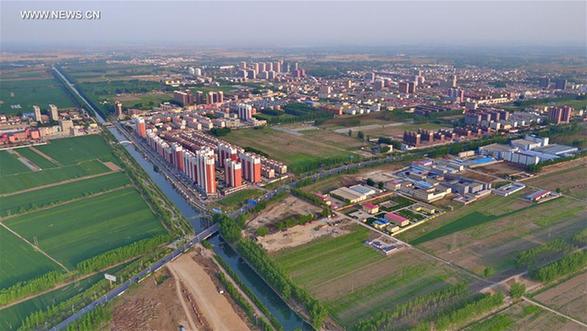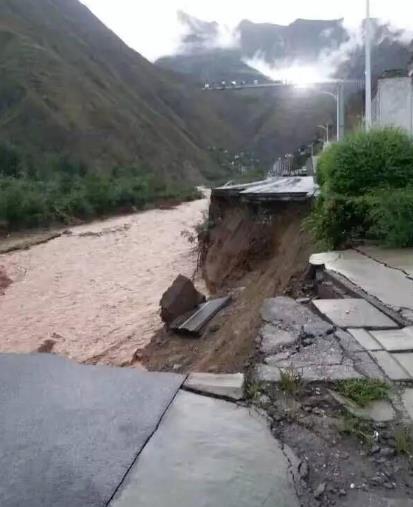Concern has risen in Hong Kong over the outbreak of seasonal influenza, but officials said that reports comparing it to the outbreak of severe acute respiratory syndrome in 2003 are misleading.
In Hong Kong, 324 summer flu-related deaths were recorded from May 5 to Aug 6, according to the Centre for Health Protection under the special administrative region’s Department of Health.
The number of deaths during winter flu season reached 442 in 2015 and 171 in 2016, according to CHP records.
Some news reports last weekend said that the summer flu in Hong Kong had killed more people than the SARS epidemic did in 2003.
But Guan Yi, director of State Key Laboratory of Emerging Infectious Diseases and the Center of Influenza Research at the University of Hong Kong, said the two numbers are not comparable, and added that such coverage “exaggerated the situation” and would create unnecessary public fear.
Guan said the deaths caused by summer flu often involve senior citizens, a high-risk demographic, many of whom have chronic diseases and a weak immune system. Summer flu can trigger other complications that can cause death, he added.
During the SARS epidemic, however, the virus was much more potent and killed people of all ages, Guan noted.
In 2003, SARS claimed 299 lives from March 10 to June 23 in Hong Kong, killing 17 percent of those who got sick, official data show.
The CHP estimated that the death rate for summer flu this year would be less than 2.1 percent, given that most patients would recover in two to seven days. The death rate in past flu seasons has ranged from 1.9 percent to 3.3 percent, according to the CHP.
The summer flu season is expected to continue for the next few weeks, CHP officials said.
In Shenzhen, meanwhile, the disease control and prevention department issued its highest-level alert for the past three weeks for seasonal flu, and it warned that the situation bears watching this week since the number of infections is still expected to increase at a high rate.
However, Song Tie, deputy director of the Guangdong Provincial Center for Disease Control and Prevention, said the situation this year is similar to that of previous years, except that the peak has come later.
Seasonal influenza usually breaks out between May and July in southern Guangdong province, but the peak may come earlier or later depending on the particular strain of the virus, said Kong Dongfeng, associate senior physician of the communicable disease control and prevention division of Shenzhen Center for Disease Control and Prevention.
The most prevalent influenza virus this year is the H3N2 virus, accounting for 75 percent of the cases in Guangdong, with children, pregnant women, the elderly and those with chronic diseases being the most vulnerable groups, officials said. No statistics on deaths were released.
Last month, 1,468 influenza cases were detected at Shenzhen ports of entry, compared with 848 cases in June, both representing significant growth compared with a year earlier, according to the Shenzhen Entry-Exit Inspection and Quarantine Bureau.
Influenza-like illnesses represented 4.64 percent of all the outpatient cases in the city from July 26 to Aug 1, according to official statistics. The figure for the previous week was 4.98 percent.
Guan, from Hong Kong, suggested that people take Tamiflu, an antiviral medication used to treat and prevent influenza A and influenza B, once they experience such symptoms as runny nose, coughing, fever and other flu symptoms.

